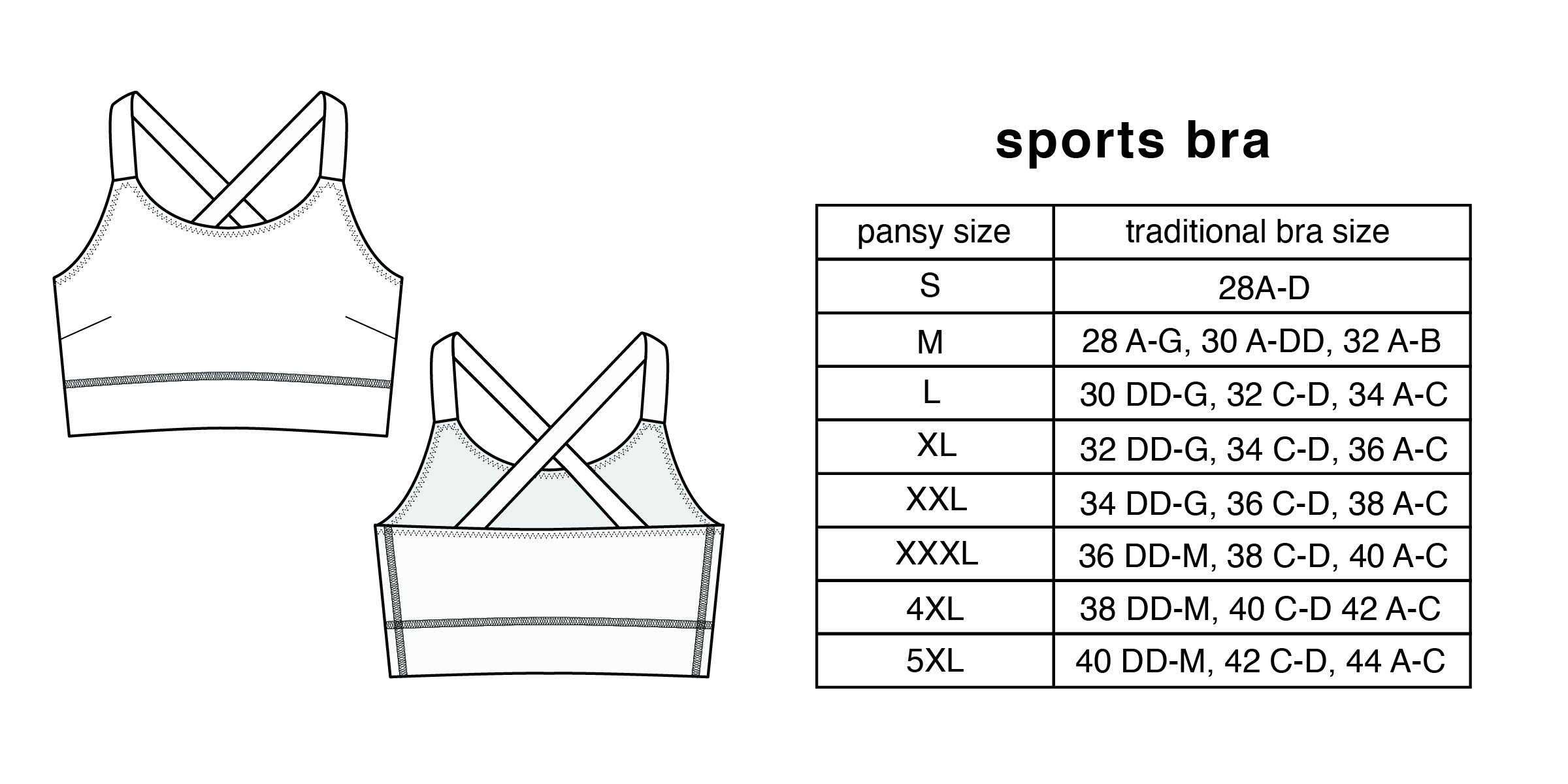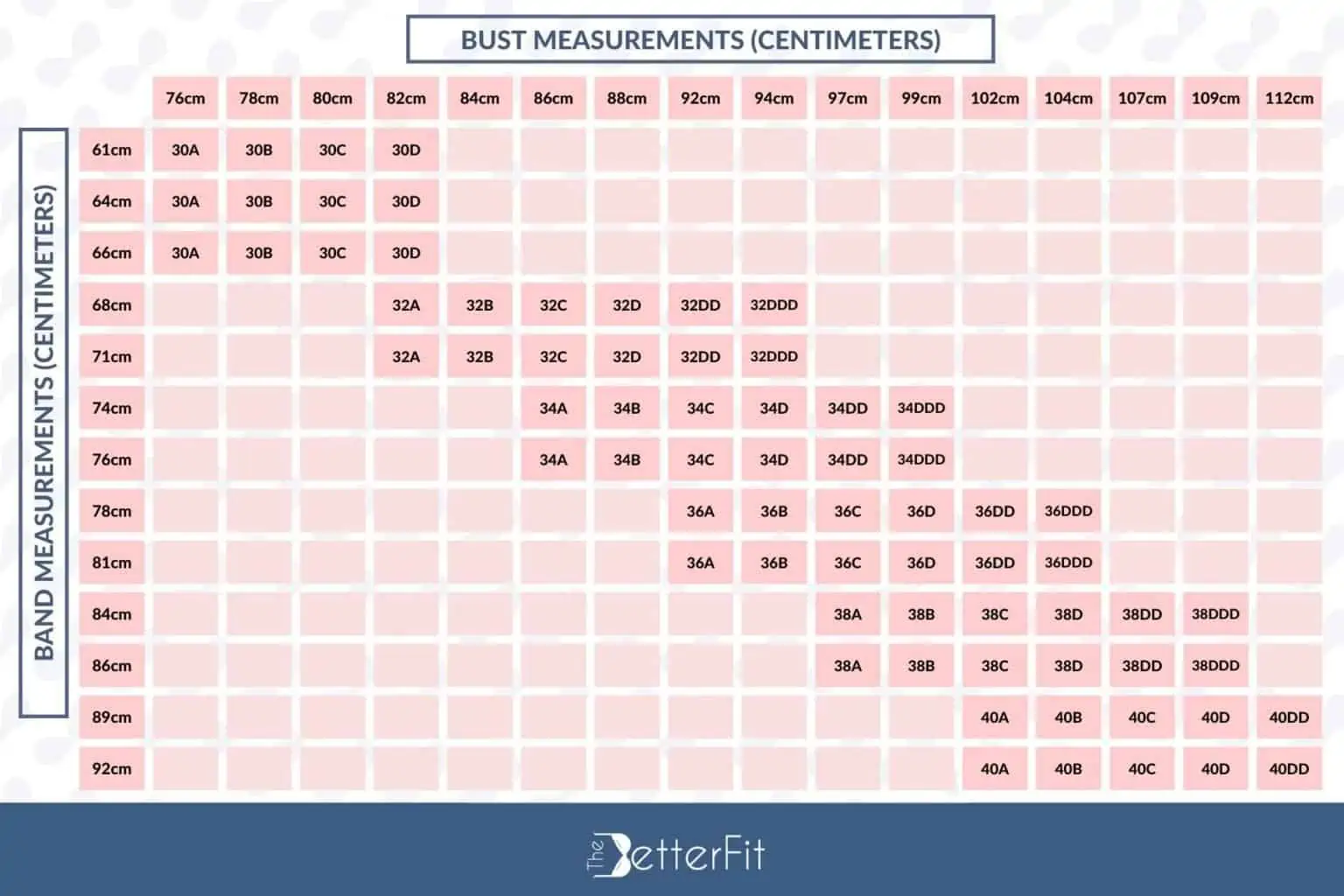Sometimes, we come across phrases or terms that make us pause and think a little about what they truly mean. It’s a bit like trying to figure out the exact measurements for something, perhaps a clothing item, or even just understanding a quick shorthand we see every day. This kind of curiosity, you know, it often pops up when we’re trying to make sense of the world around us, like when we encounter a name or a number that seems to hold a deeper story.
You might, for instance, see something written down, maybe a date, or perhaps a product label, and a few letters just jump out at you. It’s almost like a little puzzle, isn't it? We see these short forms quite often, and it makes you wonder about their full meaning, where they came from, and why we use them in the first place. This kind of everyday mystery, in some respects, really makes you think about how we communicate.
This piece is going to take a closer look at some of those familiar abbreviations and what they represent. We’ll be exploring how these little bits of language help us keep track of time, manage information, and really, just make our lives a bit simpler. It’s all about getting to the heart of those everyday symbols, so, let’s get into it.
Table of Contents
- Who is Jan Smithers - A Look at Familiar Shortenings
- Exploring the Calendar's Little Helpers - Jan Smithers Bra Size and Monthly Marks
- Beyond Just Months - Other Ways We Shorten Things - Like Jan Smithers Bra Size Data
Who is Jan Smithers - A Look at Familiar Shortenings
When you hear a name like "Jan Smithers," your mind might go in a few different directions, you know? It could be a person, or perhaps it makes you think about something else entirely. In the context of words, "Jan" often stands for "January," which is the very first month of our year. It's really quite interesting how a short group of letters can represent something so much bigger, isn't it? This particular abbreviation, "Jan," is just one of many we use to talk about the calendar. It’s a way to keep things brief and to the point, which, in some respects, is very handy for everyday chats and notes.
People often wonder about the origins of these short forms. For instance, "Jan" comes from the Roman guardian god, Janus. He was a deity with two faces, one looking back at the past year and the other gazing forward into the new one. So, when we talk about "Jan," we're really touching on a very old idea of beginnings and endings, a time of transition. It’s a bit like how we might measure something, or track its progress from one point to another. This historical connection, you know, adds a certain depth to what seems like a simple abbreviation.
Understanding these little linguistic shortcuts helps us make sense of schedules, plans, and even historical records. It’s a foundational piece of how we organize our time. So, if you're ever curious about why "Jan" means what it means, it’s really all tied up in these historical roots and practical uses. It's pretty cool how language works, actually.
- Vanessa Williams Jim Skrip
- Rolling Stones Lead Singer
- Steve Irwin Quotes
- Bruno Mars Girlfriend 2025
- Jon Cryer Wife
What is a Jan Smithers Bra Size, Really? - Decoding Everyday Terms
Let's think about what we mean when we talk about things like "Jan Smithers bra size" or any kind of measurement, for that matter. At its heart, it's about breaking down a concept into smaller, more manageable pieces. Just like "Jan" is a smaller way to say "January," a measurement is a way to describe something in a very specific, abbreviated form. We use these shorthand descriptions all the time, you know, to communicate information quickly and clearly. It’s a bit like giving something a code, a simple way to refer to something more complex.
When we look at everyday terms, we often find that they are abbreviations or simplified versions of longer ideas. Think about how we talk about dates: "Feb" for February, "Mar" for March, "Apr" for April, "May" for May, and "Jun" for June. Each one is a quick reference, a little signal that tells us a lot with very few letters. These little pieces of language are really helpful in daily life, allowing us to jot things down fast or read a calendar at a glance. They make things, in a way, much more accessible.
So, when we try to understand something like a "Jan Smithers bra size" in this context, we're really just trying to figure out what specific details are being conveyed by certain terms. It’s about getting past the short form to the full meaning, to the actual thing it represents. This process of decoding is something we do constantly, whether we realize it or not, and it’s very important for clear communication.
How Do We Figure Out Jan Smithers Bra Size? - Getting to the Root of Things
To really understand something, like trying to determine a "Jan Smithers bra size" or any specific detail, we often need to go back to basics. It’s about looking at the core components. When we talk about months, for example, we know that "Jan" stands for January, "Feb" for February, and so on, all the way through the year. These are simply the standard, agreed-upon ways we shorten these longer words. It’s pretty straightforward, actually, once you know the pattern.
The English language has a whole system for these calendar shortcuts. You have January, which becomes Jan; February, which turns into Feb; March, that shortens to Mar; April, which is Apr; May, which stays May (it’s already quite short, you know); June, which becomes Jun; July, which is Jul; August, that’s Aug; September, usually Sept; October, Oct; November, Nov; and finally, December, which is Dec. Each one is a little signal for a bigger concept, making it easier to write things down or talk about dates without using a lot of extra words. This system, in some respects, is very efficient.
So, when you're trying to figure out any specific measurement or detail, it’s really about knowing the system, understanding the common ways things are abbreviated or described. It's not about guessing; it's about having the right information. Just like knowing that "Jan" means January helps you understand a date, knowing the proper terms for other things helps you understand their specific details. It’s a matter of looking at the foundations, really, and seeing how they connect.
Exploring the Calendar's Little Helpers - Jan Smithers Bra Size and Monthly Marks
Our calendar is full of these helpful little abbreviations, and they really do make life easier. Think about seeing a date on a calendar or in a document; you’ll often spot "Jan," "Feb," "Mar," "Apr," "May," and "Jun." These are just the quick ways we refer to the first six months of the year: January, February, March, April, May, and June. They're like little signposts that help us keep track of time without writing out the full names every single time. It’s a very practical thing, you know, for daily planning and record-keeping.
The beauty of these abbreviations is how universally they are understood. When you see "Jan," you automatically think of January, whether you’re looking at a schedule, a birthday, or a historical event. This shared understanding is what makes them so useful. It’s a bit like how we might recognize a common symbol or a widely known measurement; it just clicks. This common language, in some respects, truly helps us all stay on the same page.
So, whether you're thinking about a specific measurement, like what might be a "Jan Smithers bra size," or simply trying to remember which month "Apr" refers to, it all comes back to these simple, agreed-upon shortcuts. They are, after all, the quiet workhorses of our daily communication, helping us to be clear and concise without needing a lot of extra fuss. It’s pretty neat how much information these little words can carry, actually.
Why Do Months Have Short Names, Anyway? - Thinking About Jan Smithers Bra Size and Quick Mentions
Have you ever stopped to think why we bother with short names for months? It seems like such a small thing, but it really serves a big purpose. Having "Jan" for January or "Feb" for February makes writing and reading dates so much faster. Imagine if you had to write "January twenty-fifth" every single time! It would take up a lot more space and time. So, these quick mentions are all about efficiency, you know, making things flow a bit more smoothly in our busy lives.
The practice of shortening words is something that happens across many languages, and it’s especially useful when dealing with things that are frequently referenced, like months. It’s a bit like how we might use initials for someone's name, or a quick symbol instead of a full phrase. These little cuts help us get to the point, which,
Related Resources:



Detail Author:
- Name : Prof. Dallas Turner V
- Username : maia73
- Email : mcdermott.jasmin@stroman.org
- Birthdate : 1999-08-08
- Address : 11522 Lebsack Trace Apt. 979 New Tressieborough, OK 85249-2069
- Phone : (425) 361-2953
- Company : Mayert Group
- Job : Psychiatric Technician
- Bio : Consequatur expedita numquam omnis. Reiciendis doloribus est sed suscipit provident iste assumenda.
Socials
tiktok:
- url : https://tiktok.com/@ccrona
- username : ccrona
- bio : Ipsum tenetur dignissimos sit voluptatem architecto tempora qui.
- followers : 2660
- following : 104
instagram:
- url : https://instagram.com/christine_crona
- username : christine_crona
- bio : Neque officiis molestiae est consequuntur et et consequatur enim. Distinctio qui et soluta sed in.
- followers : 5489
- following : 2593